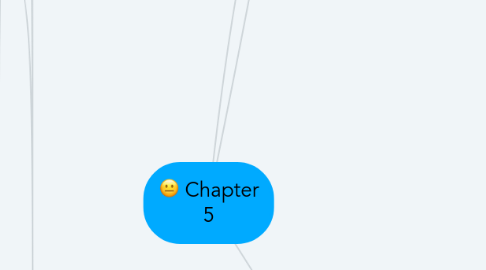
1. 5.2- Strategies for Reading Textbooks
1.1. Preface- overview of book
1.2. foreword- review written by someone other than the author
1.3. Textbooks Are Not Created Equal
1.3.1. disciplines- areas of academic study
1.3.2. math & science textbooks have more practice than text
1.3.3. some textbooks are better written than others
1.3.4. look at primary sources- original research or documents of a topic
1.4. Math Texts
1.4.1. process information slowly
1.4.2. pay attention to definitions
1.4.3. practice problems are important
1.4.4. don't memorize information
1.4.5. try to understand
1.5. Science Texts
1.5.1. look at format of textbook
1.5.1.1. physics will have more practice
1.5.1.2. biology will have more text
1.5.2. pay attention to charts & graphs
1.5.3. look at learning objectives
1.5.4. look at answer key
1.6. Social Sciences & Humanities Texts
1.6.1. social sciences- human aspects of the world
1.6.2. mostly research, theories & opinions
1.6.3. humanities- investigate human beings & their culture
1.7. Supplementary Material
1.7.1. primary and supplementary material
1.7.2. gives you more detail
1.7.3. read abstract- paragraph-long summary
1.7.4. figure out what is necessary & what is not
2. 5.3 Improving Your Reading
2.1. Be flexible
2.2. Adjust your reading style if you have to
2.3. Monitoring Your Reading
2.3.1. create a study group
2.4. Developing Your Vocabulary
2.4.1. write down unfamiliar terms
2.4.2. consider a word's parts- roots, prefixes, suffixes
2.5. What To Do When You Fall Behind
2.5.1. add two hours to your study time
2.5.2. join a study group
2.5.3. ask for help at your college's learning center
2.5.4. talk to your instructor
2.5.5. don't give up
2.6. If English Isn't Your First Language
2.6.1. full of idioms- phrases that cannot be understood from meanings of the words used
2.6.2. don't give up- read slowly
2.6.3. have two dictionaries- one English, one your language
2.6.4. ask your advisor if there are ESL programs at your college
2.7. Embrace the E-Book
2.7.1. Cons
2.7.1.1. devices are expensive
2.7.1.2. they can break if dropped
2.7.1.3. it's harder to flip through pages
2.8. Pros
2.8.1. easy to carry
2.8.2. able to download within minutes
2.8.3. you can type and highlight notes
2.8.4. ability to print out pages
3. 5.1- A Plan for Active Reading
3.1. Active reading- participating in reading by using certain strategies
3.2. Previewing
3.2.1. first look at reading
3.2.2. shows you the big picture
3.2.3. look at learning objectives
3.2.4. skim the chapter
3.2.5. read the summary
3.3. Four steps in Active Reading:
3.3.1. Marking
3.3.1.1. helps you focus on what you read
3.3.1.2. margin notes or annotations
3.3.1.3. can help you predict test questions
3.3.1.4. read & think before you mark
3.3.2. Reading w/ concentration
3.3.2.1. find quiet study space
3.3.2.2. turn off electronics
3.3.2.3. take breaks
3.3.2.4. take notes
3.3.2.5. reread if you have to
3.3.3. Reviewing
3.3.3.1. looking over reading again
3.3.3.2. use five senses
3.3.3.3. read out loud
3.3.3.4. put charts/diagrams around living space
3.3.3.5. tick off items using fingers

